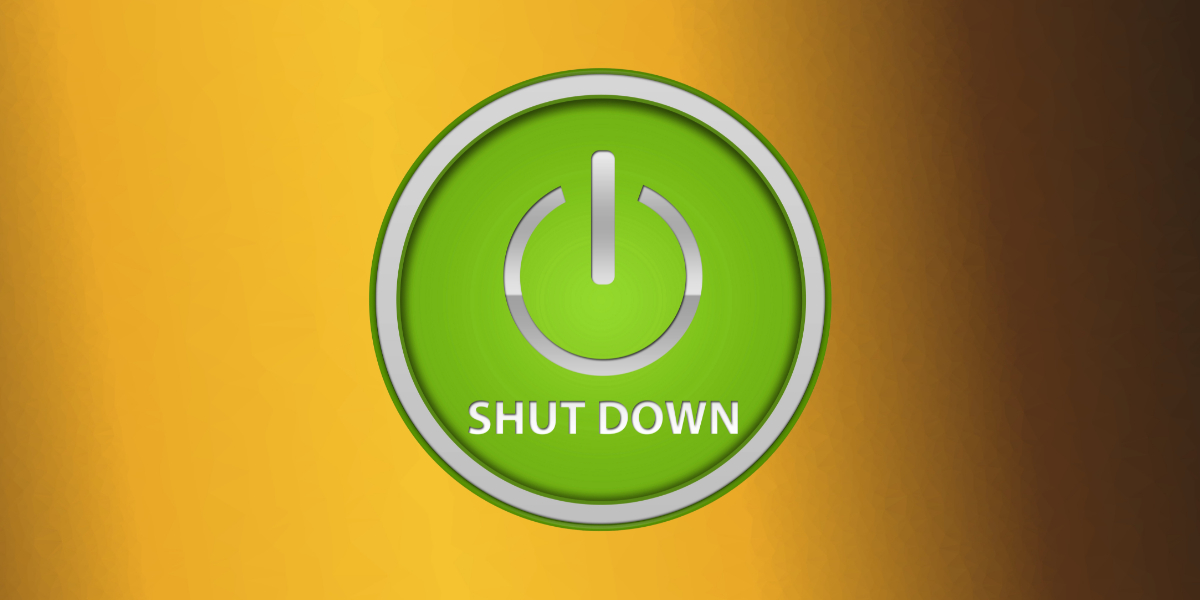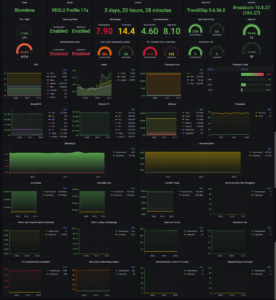Google Blogs have long been a platform for creative expression, sharing ideas, and building communities. They offer users an opportunity to connect with audiences worldwide, providing a space where voices can be heard. However, the unfortunate reality is that some blogs face shutdowns due to various reasons. This can be disheartening for bloggers who pour their heart and soul into their work.
When you’ve invested time and energy into creating content, losing your blog feels like losing part of yourself. But all hope isn’t lost! There are ways to potentially regain access to your shut down Google Blog. Whether it’s understanding the underlying reasons or navigating through appeals processes, taking action is crucial.
Let’s dive deeper into how you can tackle this issue head-on and explore options for both reclaiming your blog and considering alternatives if necessary.
Reasons for Shutdown of a Google Blog
Google blogs can be shut down for various reasons. One of the most common causes is a violation of Google’s content policies. This includes posting offensive material, hate speech, or adult content that doesn’t comply with guidelines.
Another reason can stem from spamming activities. If your blog promotes misleading links or excessive ads, it may trigger an automatic shutdown.
User inactivity also plays a role. Blogs that remain dormant for extended periods risk being removed due to lack of engagement.
Additionally, copyright infringement is taken seriously by Google. Using protected content without proper permission could lead to immediate action against your blog.
Understanding these triggers helps in maintaining compliance and ensuring the longevity of your online presence.
Steps to Gain Shut Down Google Blog
If your Google Blog has been shut down, don’t lose hope. Start by reviewing the email notification you received from Google. This often contains crucial details about why your blog was taken down.
Next, gather evidence to support your case. Take screenshots of your blog posts and any correspondence with readers or Google itself. Document everything clearly.
Once you’ve organized this information, visit the Google Blogger Help Community or their support page for guidance on appealing the decision. Follow their outlined process closely.
When filling out the appeal form, be concise yet thorough in explaining why you believe the shutdown was a mistake. Mention how you’ve complied with Google’s policies in previous posts and share any corrective measures you’re willing to take moving forward.
Patience is key during this waiting period as it may take time for them to review your request. Stay proactive and monitor updates on your appeal status regularly.
Tips for a Successful Appeal
When appealing a shut down Google blog, clarity is key. Start by gathering all the relevant information about your blog’s closure. Understand the reasons cited in Google’s notification.
Craft your appeal with precision. Be concise and address each point mentioned in their communication. Highlight any misunderstandings or errors that may have led to the shutdown.
It’s essential to showcase compliance with Google’s policies. Use examples from your previous content that adhere to guidelines. This demonstrates your commitment to maintaining quality standards.
Maintain a professional tone throughout your appeal. Avoid emotional language, as it can detract from the seriousness of your request.
Be patient after submitting your appeal; responses can take time due to their review process. Stay positive and consider alternative options while you wait for feedback on your submission.
Alternatives to Google Blogs
If you’re looking for alternatives to Google Blogs, several platforms fit the bill. WordPress is a popular choice due to its flexibility and extensive customization options. Whether you want a simple blog or an elaborate website, WordPress can accommodate your needs.
Wix offers an intuitive drag-and-drop interface that’s perfect for beginners. It allows you to create visually appealing blogs without any coding knowledge.
Medium stands out with its clean design and built-in audience. Writers can focus on their content while enjoying features that enhance visibility within the platform.
For those interested in microblogging, Tumblr provides a unique blend of blogging and social networking. It’s great for sharing quick thoughts, images, or multimedia content.
Ghost caters to professional bloggers who prioritize speed and simplicity. This open-source platform focuses on writing and publishing without distractions from ads or unnecessary features.
Conclusion
Google Blogs serve as powerful platforms for sharing ideas and connecting with audiences. However, the shutdown of a Google Blog can be disheartening for any blogger. Understanding the reasons behind these closures is crucial.
Commonly, violations of Google’s policies lead to shutdowns. This includes issues like copyright infringement or spammy content. If you find yourself in this situation, there are specific steps you can take to regain access to your blog.
Start by reviewing Google’s policies thoroughly. Identify what may have gone wrong and gather your evidence. Submitting an appeal through the correct channels increases your chances significantly.
While waiting for a response, consider alternatives such as WordPress or Medium if you’re eager to continue blogging without delay. These platforms offer similar features but come with different rules and regulations that might suit your needs better.
Navigating a shut down Google Blog isn’t easy, but it’s not the end of the road either. With determination and the right approach, it’s possible to recover lost content or even pivot towards new opportunities in blogging.




